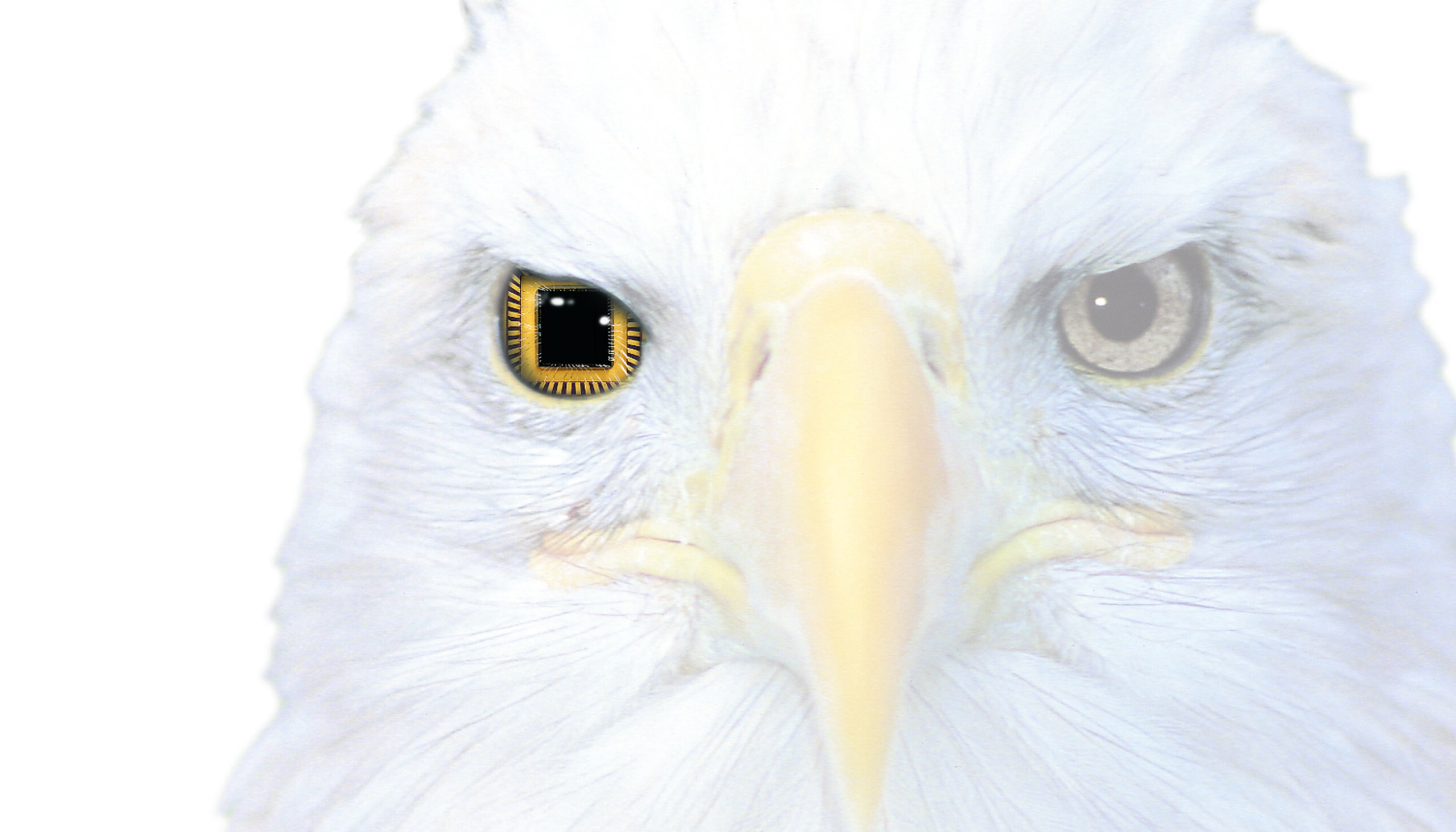Solution Eases Design, Cuts Costs and Speeds Time to Market
SUNNYVALE, CA — August 20, 2001 — OMNIVISION Technologies (Nasdaq: OVTI) and Texas Instruments Incorporated (TI) (NYSE:TXN) today announced a joint effort to make it easier for OEMs to develop affordable, high performance 1394 CMOS cameras. This joint reference design will be based on OMNIVISION’s CMOS image sensor and TI’s Camera Link and Phy chips. (Please see www.ti.com/sc/msp6742u)
The combined reference design will benefit camera manufacturers by easing the design process, cutting costs and enabling them to speed their time to market. The solution also provides high quality CMOS video and offers lower power consumption than current CCD based cameras.
“We identified OMNIVISION as a key player in the expansion of the high performance 1394 camera market,” said Dan Harmon, Marketing Manager, Worldwide Connectivity Solutions Peripherals, TI. “TI’s leading 1394 technology is a great match with OMNIVISION’s leading CMOS image sensor technology.”
The reference design will combine Texas Instrument’s TSB15LV01PFC Camera Link chip plus Phy (TSB41ABx) with OMNIVISION’s OV76xx CMOS image sensor. The solution will also include software drivers to enable a complete camera solution.
“We are very excited to work with Texas Instruments to provide this 1394 camera solution. We believe this is going to be a new segment of camera business for us which has big growth potential.” said Raymond Wu, Executive Vice President, OMNIVISION Technologies. “We continue to be a leader in the delivery of high-performance, low-cost camera solutions to the general public, and our complete reference design enables rapid design cycles and minimum time-to-market for our OEM customers.”
Pricing and Availability
Targeted availability for reference designs for OEMs is fourth quarter of 2001. Under the arrangement, both companies will offer the reference design and co-market and support OEMs that integrate the reference design into their product offerings. In OEM quantities, the complete 1394 with camera chipsets is priced below $20.00.
About OMNIVISION Technologies
OMNIVISION Technologies, Inc. designs, develops and markets high-performance, high-quality and cost-efficient camera chips. The company’s highly integrated image sensors are used in a variety of electronic cameras and optical imaging products for both still picture and live video applications. OMNIVISION is able to integrate many image system functions into a single chip instead of multiple chips required to achieve the same functions by competitive image sensors. This “single-chip” design enables customers to design cameras that are lower in cost, smaller, lighter in weight, consume less power, are more reliable and more easily integrated with other circuits than cameras using multiple-chip image sensors.
OMNIVISION is based in Sunnyvale, California. For more information about the company, visit www.ovt.com.
About Texas Instruments
Texas Instruments Incorporated is the world leader in digital signal processing and analog technologies, the semiconductor engines of the Internet age. The company’s businesses also include sensors and controls, and educational and productivity solutions. TI is headquartered in Dallas, Texas, and has manufacturing or sales operations in more than 25 countries.
Texas Instruments is traded on the New York Stock Exchange under the symbol TXN. More information is located on the World Wide Web at: https://www.ti.com.
Certain statements in this press release, including statements regarding the collaborative effort for the development of the joint reference design; the benefits that the combined reference design will provide for camera manufacturers; the components of the reference design; the new market for OMNIVISION that the 1394 camera solution will provide and the potential growth of this market; the targeted availability of the reference designs for OEMs and the relationship between TI and OMNIVISION under the informal arrangement regarding the 1394 camera solution are forward looking statements that are subject to risks and uncertainties. These risks and uncertainties, which could cause the forward looking statements and OMNIVISION’s results to differ materially, include, without limitation: a termination of the relationship between OMNIVISION and TI; any delay in the successful development and introduction of the 1394 camera solution; latent defects which could arise in the 1394 camera solution and damage relationships with OEMs and the other risks detailed from time to time in the company’s Securities and Exchange Commission filings and reports, including, but not limited to, OMNIVISION’s annual report on form 10-K filed on July 23, 2001. OMNIVISION disclaims any obligation to update information contained in any forward looking statement.

